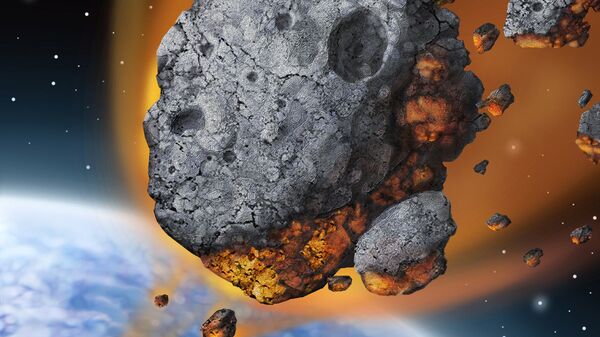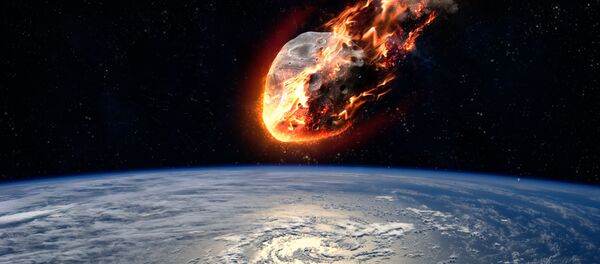The site where a large meteorite that hit Earth some 800,000 years ago, scattering small glass pieces thousands of kilometres away, is located where Laos is today, an international team of researchers have concluded, the German news agency DPA reports. According a scientific paper published in the "Proceedings" of the US National Academy of Sciences ("PNAS"), a team led by Kerry Sieh from Singapore’s Earth Observatory believes that the impact crater is concealed under a layer of volcanic rock on the Bolaven Plateau in the south of the Southeast Asian country.
As was discovered earlier, the mega-catastrophe happened around 790,000 years ago. The strike made terrestrial debris melt, hurling the pieces, which later solidified into tektites, over a tenth of the Earth's surface, namely Australia, Southeast Asia, and Antarctica.
However, where the meteorite hit had remained a mystery, despite intensive searches in the past decades.
"This suggests that either there was never a crater or that it disappeared - either because of erosion or because of spillage", Sieh wrote.
But the large field of volcanically-created basalt rock on the Bolaven plateau has shown several indications that this is the enigmatic site that researchers had been looking for. According to the scientists, some rocks from the plateau geochemically match the scattered tektites. Their analyses suggest that the lava flowed over and near the suspected crater, pouring out after the impact. Gravity anomalies have been detected there, suggesting that there is a 17-by-13-kilometre crater under the surface. There are boulders several kilometres away from the suspected crater that are believed to have been ejected during the impact.
Their conclusion is that one more space visitor hit the Earth around 790,000 years ago, as the examined glass bodies all originated from the same period. However, the tektites from Belize had a different chemical composition, which indicates that they might have originated from a different impact than the one in Asia.



